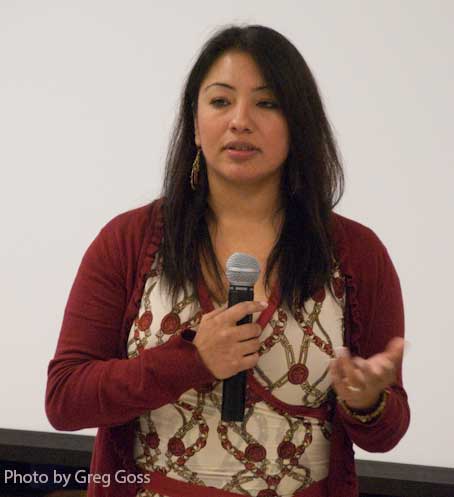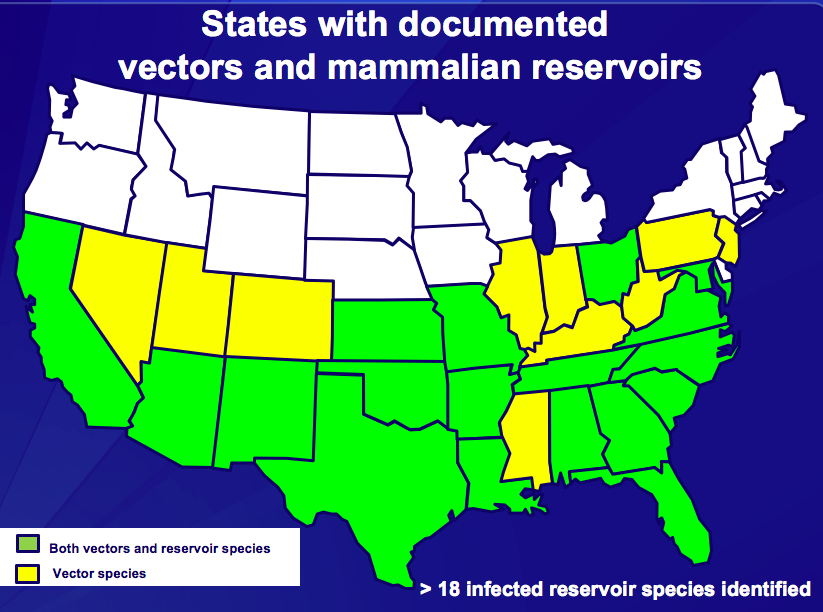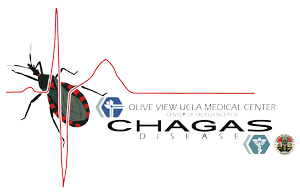Chagas Disease in the US

Maira Guttierez, Chagas Patient Spokesperson

There are two types of people with Chagas disease in the United States; those who acquired the infection in Latin America, and those who acquired it from U.S. kissing bugs. A recent study estimated there are 346,000 Latin American-born people with Chagas disease in the U.S. For the second category, people infected by U.S. kissing bugs, there is no reliable data, but cases are occasionally documented. It is impossible to know for certain because the U.S. medical system does not routinely screen for Chagas disease outside of blood donations, and many doctors have never even heard of it. There is only one major center fully devoted to treating Chagas disease (the CECD), and only a few other providers scattered throughout the country. Less than 1% of people with Chagas disease have received the treatment they need, and the vast majority do not even know they are infected. Although the medications to treat Chagas disease were developed in the 1960’s and 70’s, benznidazole was FDA-approved in 2017, while nifurtimox is currently still not approved, and only available under an investigational protocol from Centers for Disease Control and Prevention (CDC). Doctors must complete extensive paperwork to order the medications from the CDC.
In order to begin providing treatment to people with Chagas disease, the following actions are needed:
- Medical professionals need more training about treating Chagas disease so that they are aware of the latest guidelines on how to provide care for patients in need.
- There should be more public service announcements and public education campaigns about Chagas disease so that people at risk understand the need to get tested as soon as possible.
- Early treatment is the key to preventing heart failure and the other serious complications caused by late-stage, chronic Chagas disease.
- Diagnosis and treatment for Chagas disease need to be available through patients’ regular or family physicians and approved by insurers.
- Nifurtimox, one of the medications for treating Chagas disease, needs to be FDA approved like benznidazole was FDA approved in 2017. In addition, we need to develop safer, more effective drugs that can cure the disease in any of its phases.

CENTER OF EXCELLENCE FOR CHAGAS DISEASE
FOLLOW US